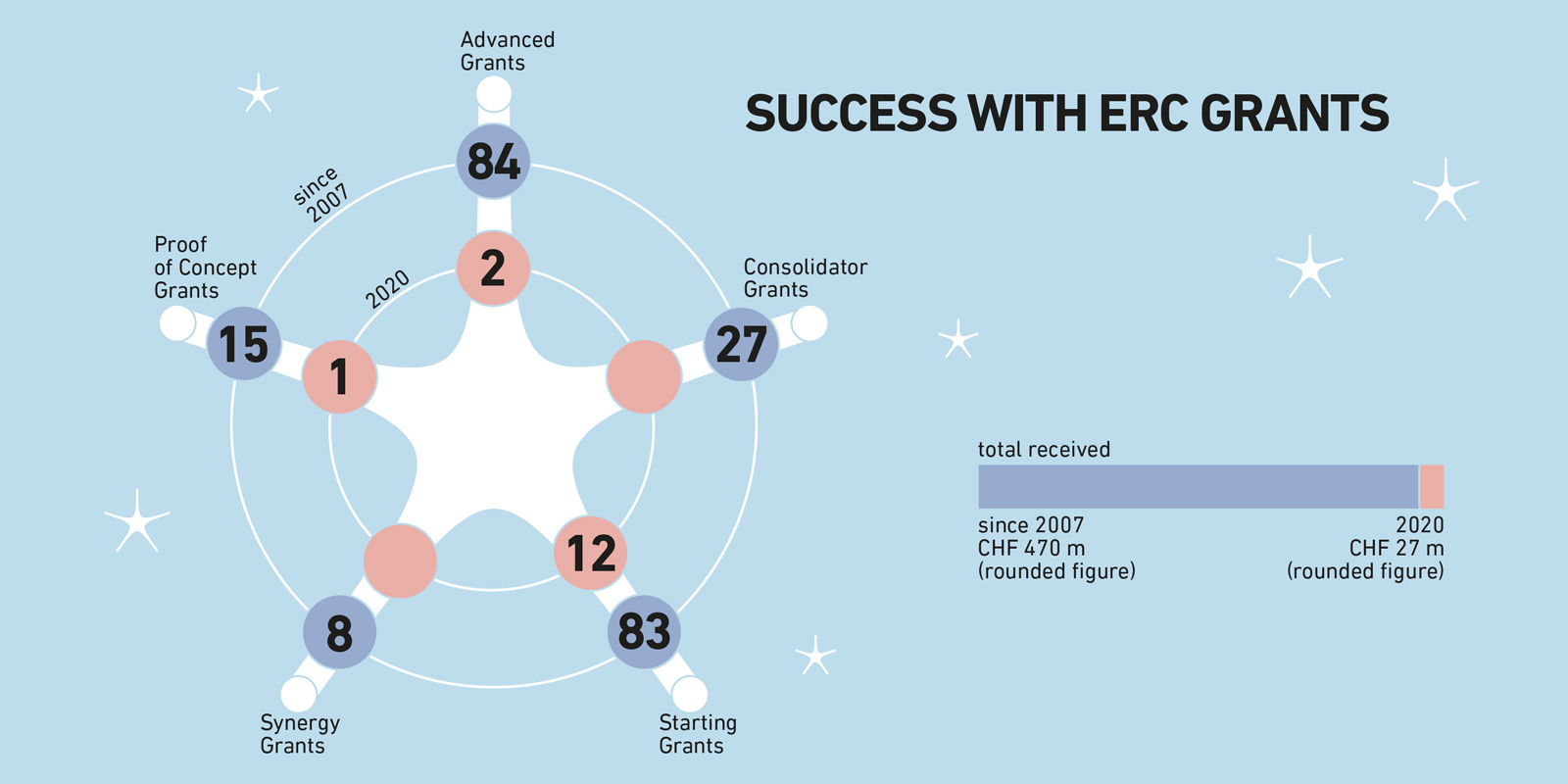Twelve ERC Starting Grants for ETH Zurich
ETH has once again been highly successful in the awarding of this year’s ERC Starting Grants for young researchers, with the European Research Council (ERC) approving a total of CHF 21.4 million in funding for 12 ETH project submissions.
The European Research Council has awarded no fewer than a dozen ERC Starting Grants to ETH Zurich in the latest round of awards. Eight grants will go to established researchers at ETH, and four will go to scientists who will come to ETH Zurich now that the relevant ERC projects have been approved.
The projects will each receive an average of CHF 1.78 million in funding, with a total of CHF 21.4 million making its way to ETH Zurich.
First successful bid for architecture
Support will be given to projects in physics, materials science, earth sciences, social sciences and the humanities, mathematics, computer science and biosystems (see project descriptions below). Remarkably, this is the first time that one of the approved ETH project submissions has come from the field of architecture.
In total, 45 ETH researchers submitted applications for Starting Grants, achieving an above-average success rate of 26.7 percent when compared with the European average of 12.7 percent.
Besides the 12 selected projects, three of the submissions received a score of “A”, which means that the European Research Council considers these projects to be eligible for funding but is not in a position to finance them.
Another ERC Starting Grant is coming to ETH by way of a transfer. Biologist Helmuth Gehart was awarded the funding at his previous university in the Netherlands, but has since taken up a position at ETH Zurich and will carry out his ERC project here.
Europe’s central role in research funding
“In these challenging times, we consider ourselves lucky that Europe maintains such a high regard for research and funds it accordingly,” says Detlef Günther, ETH Vice President for Research, adding that this is by no means to be taken for granted.
It is uncertain whether Switzerland will remain associated with the European framework programme for research next year, and thus have the opportunity to participate in the ERC’s calls for proposals. The Horizon 2020 framework programme for research runs out at the end of this year, and participation in the successor programme, Horizon Europe (2021-2027), will require Switzerland and the EU to renew their bilateral research agreement. Horizon Europe will be endowed with EUR 100 billion, which represents a significant increase in the programme’s budget.
Switzerland’s association with the Horizon Europe programme also depends on the Swiss electorate’s decision on the limitation initiative. If this initiative is adopted, it would not only bring an end to the free movement of persons, but also endanger all seven Bilateral I agreements due to the guillotine clauses. For researchers working in Switzerland, this means they would no longer be able to participate directly in European research programmes.
“Adopting this initiative would exclude our researchers from the European research network, which would be a bitter setback to Switzerland’s status as a research location,” says Günther.
All projects at a glance:
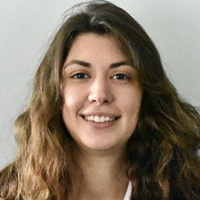
Polymers (also referred to as plastic) are long molecules consisting of smaller parts (i.e. monomers) connected to each other through a process known as polymerization. Fully reversing the polymerization and re-obtaining the starting material would allow the possibility to re-use the monomer and form either the initial polymer or alternatively an entirely new polymer with completely different properties tailored to a new application. Athina Anastasaki, Professor of Polymeric Materials at the Department of Materials, will use the ERC Grant to develop new depolymerization strategies that are based on controlled radical polymerization with an ultimate aim to produce advanced polymer recycling methods
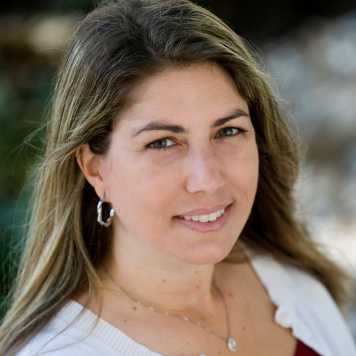
Whitney Behr is professor of Structural Geology and Tectonics. In her research she’s interested in the evolution and mechanics of the faults and shear zones that define Earth's tectonic plate boundaries. In her ERC project, she will test the hypothesis that deposition of sediment near Earth's subduction trenches influences both the styles of subduction-zone earthquakes and the rates of convergence between plates. Subduction zones host the largest earthquakes on the planet, and also represent Earth’s most fundamental driver of tectonic plate motion, so a better understanding of how they work is fundamental to both short timescale seismic hazard forecasting and long-timescale planetary dynamics.
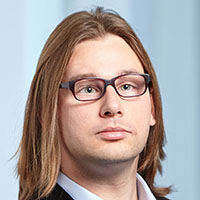
Alessandro Carlotto works in differential geometry, which is the area of mathematics that concerns the study of shapes through the notion of curvature. His project is built around a network of problems that are partly "pure" in nature and partly stem from general relativity, Einstein's theory describing gravity in terms of the curvature of space-time. A key aspect of Carlotto's investigation is the interplay between these two worlds. For instance, the study of minimal surfaces (fascinating geometric objects that behave like a soap bubble) and of Plateau's problem has been a driving force in 20th century mathematics and is something we now understand quite well. The intrinsic counterpart of the story, however, which has to do with Riemannian filling problems and certain notions of quasi-local mass of isolated gravitating systems, remains extremely elusive. The goal of the project is to shed light on some of these mysteries.

There are currently many efforts around the world to build electrical circuits for performing complex computations using the laws of quantum mechanics. At the same time, light is being used as a carrier of quantum information over large distances. Yiwen Chu, Assistant Professor (Tenure Track) for Hybrid Quantum Systems, will develop in her project new ways of connecting these two important quantum technologies, which is a crucial step in building the quantum analog of a long-distance telecommunications network. Her approach involves using quantum mechanical states of acoustic waves in crystalline materials as an intermediary to transduce information between the electrical and optical domains.
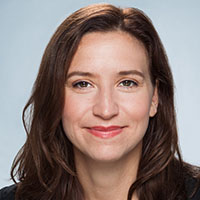
Rachael Garrett is an Assistant Professor of Environmental Policy. Her research focuses on analysing the drivers of rural land use behaviours and the effectiveness and equity of agriculture and conservation policies. The project seeks to understand the conditions under which policies for managing supply chains by food companies can lead to improved forest conservation and livelihoods in the tropics. To address these circumstances, Garrett’s group will conduct replicated assessments of such policies in Brazil, Indonesia, and West Africa. The resulting analysis will provide urgently needed policy recommendations to companies and policy makers for how to better conserve tropical forests while at the same time protecting climate stability, biodiversity, and food production.
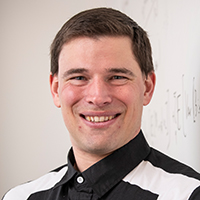
Bernhard Haeupler, currently Associate Professor at Carnegie Mellon University, is a theoretical computer scientist working on distributed computing, (network) coding and information theory, and the design of combinatorial algorithms. In his ERC project he is investigating universally-optimal distributed message-passing algorithms. Universal-optimal algorithms optimally adjust to any network during their execution. This leads to exponentially faster performance compared to current state-of-the-art algorithms. Although enormously promising for distributed computing and large-scale graph processing, such universally-optimal algorithms do not exist, yet.
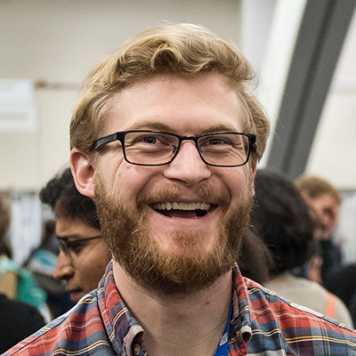
Jordon Hemingway is an isotope geochemist; he is currently a postdoctoral fellow at Harvard University. He is interested in understanding the long-term evolution of Earth’s carbon, sulfur, and oxygen cycles. This ERC project specifically aims to better understand one particular aspect of these cycles—the oxygen isotope composition of marine sulfate (SO42-) in the geologic past. These measurements are often treated as a proxy for atmospheric oxygen content throughout Earth history, but the exact chemical and biological mechanisms that generate these signals remain unconstrained. In this project, Hemingway hopes to achieve a more mechanistic understanding of this proxy, and thus a more refined estimate of atmospheric oxygen content in Earth’s past. These results will improve our understanding of the environmental conditions in which life evolved.
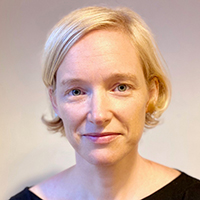
The history of architecture has largely been shaped by male architects, who tend to interpret buildings from the perspective of the builder. The architectural historian Anne Hultzsch intends to focus on the users. She wants to show that the female perspective in particular is just as relevant to the history of architecture as construction and design itself. To this end, she is looking for women who described cities and their architecture in words in the 18th and 19th centuries. Using historical travel reports, handbooks, newspaper reports and scientific texts, Hultzsch is exploring the role that architecture has played in certain historical moments.
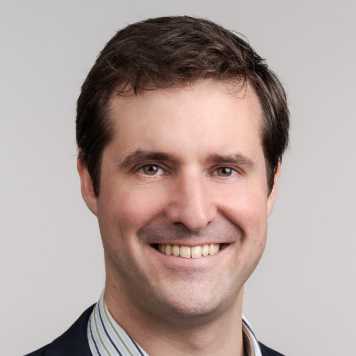
Andreas Moor is Professor in the Department of Biosystems Science and Engineering at ETH Zurich in Basel and specialises in the analysis of single biological cells in complex tissues. It is known that in many cells, messenger RNA molecules (DNA copy required for protein production) are not evenly distributed but tend to accumulate locally. What consequences does this have for cell functions? While there has been speculation on this regarding certain cell types, such as nerve cells, nobody knows what the effect is on epithelial cells, which includes the mucosal cells of the digestive tract. It is also unclear how the concentration gradient of messenger RNA is maintained in the cells. Moor will investigate these questions in his ERC project in order to gain a better understanding of how cells function in healthy and diseased states.
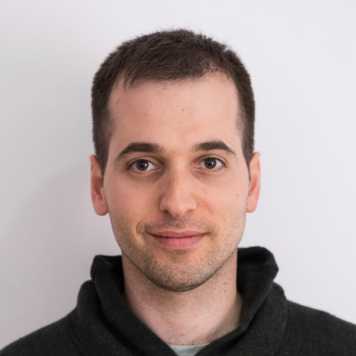
In his research, Joaquim Serra examines partial differential equations. These mathematical equations describe many natural phenomena like waves, heat, electric and gravitational potentials, fluid dynamics and quantum mechanics. In his ERC project, he will deal with classical models for interfaces, or separating surfaces. Their behaviour can be imagined as similar to two unmixable liquids of the same density moving in a "lava lamp" and thus forming decorative patterns. To describe them, certain quite delicate equations are used. They often have many solutions with exotic structures, but only few of them are stable enough to be observable in nature. Serra's objective is to understand the properties of these observable solutions. In doing so, he will try to suitably translate the knowledge gained in recent years from studying simpler models in order to elucidate new properties of these delicate equations.

The EU, Switzerland and many other countries are using financial policies to accelerate the transition to a low-carbon economy. However, it is largely unclear how such financial policy measures affect the deployment of new technologies, for example in the energy and transport sectors. In his ERC project, Bjarne Steffen, senior assistant in the Department of Humanities, Social and Political Sciences, will investigate this using a combination of methods from innovation studies and financial economics. He aims to show how green financial policies can help to close financing gaps in the upcoming transformation of the economy.
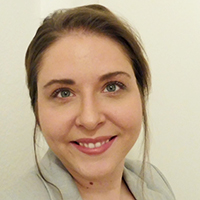
Judit Szulagyi, currently still senior research associate at University of Zurich, is studying the formation of planets. Since 1992, more than 4000 planets were detected outside the solar system, and they show great diversity. Our understanding on the formation process is still very incomplete. In her ERC project she will focus on complex computer simulations of the formation of planets, moons, and entire planetary systems to move a step closer to our understanding on how our solar system was born, as well as how planetary systems form in general in the universe. She also turns the computer simulations into observational predictions in order to figure out how we could observe nascent planetary systems with the current telescopes.
ERC project transferred to ETH Zurich:
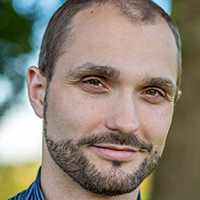
In his research, ETH assistant professor Helmuth Gehart investigates how tumour or stem cells interact with their neighbouring cells and how this influences their identity. This work helps him to understand the general and specific principles of tumorigenesis and normal tissue regeneration. In his ERC project, Gehart hopes to develop a new method for marking or genetically modifying the cellular environment of any desired cell type in a living organism. This method, in turn, will let him examine the environment of adult stem cells in detail and identify the cell environment that tumour metastases require in order to settle in other tissue. He also wants to compare the exact composition of stem-cell niches in different organs and thereby discover new mechanisms of tissue regeneration. Based on these findings, Gehart plans to develop new strategies that support the inherent regenerative capacity of organs or prevent the growth and spread of tumours.
Benchmark for top researchers: ERC Grants
ETH researchers have been successfully applying for European Union funding, the ERC Research Grants, since 2007. More than 80 researchers at ETH Zurich have already received an ERC Starting Grant.
In addition to the Starting Grants, the European Research Council also awards Advanced Grants for established researchers and Consolidator Grants to successful researchers looking to establish their own group. What’s more, the large number of ERC Proofs of Concept produced by ETH Zurich (funds for drafting feasibility studies and business plans) shows that fundamental research often leads to market innovations with corresponding benefit for the entire economy.

